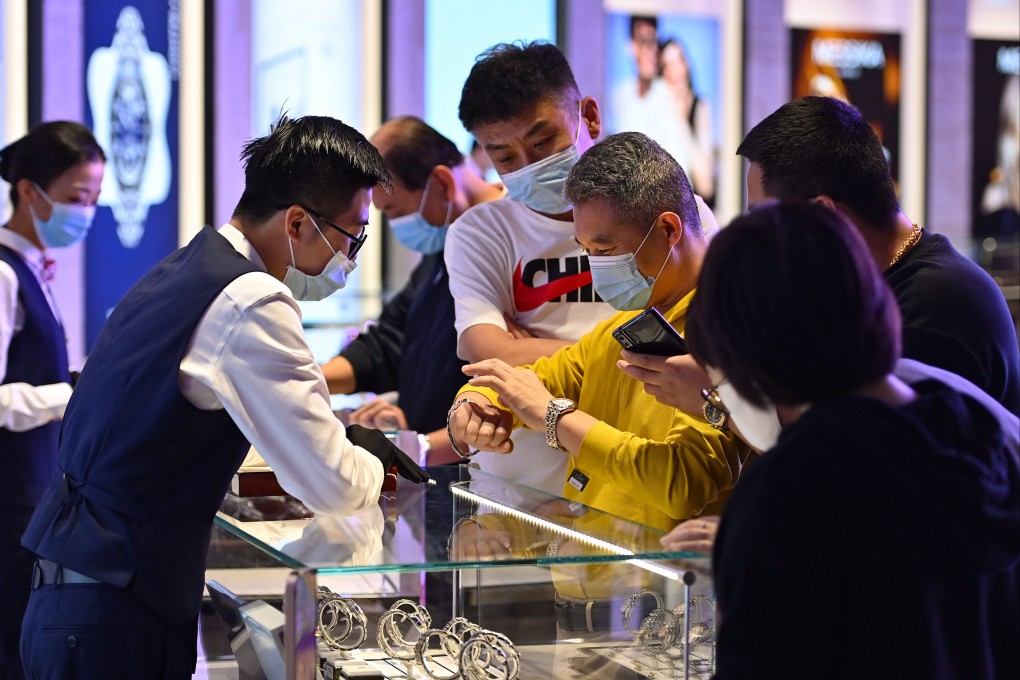Advertisement
Hey big spenders! China’s richest consumers will keep splashing out on luxury goods even as economy slumps, Bain says
- The top 2 per cent of spenders will drive market growth in 2023 after Covid-19 restrictions ended a five-year winning streak last year, says Bain & Co
- Middle-class shoppers, meanwhile, will refrain from buying big-ticket items, unnerved by worries about their job prospects and wages
Reading Time:2 minutes
Why you can trust SCMP
7

Daniel Renin Shanghai
China’s wealthiest consumers will continue to splurge on luxury items like designer bags and watches as the economy reopens, even as middle-class shoppers refrain from buying big-ticket items, unnerved by worries about their job prospects and wages, according to Bain & Company.
The global consultancy said in its latest report on China’s luxury market that the top 2 per cent of mainland Chinese spenders, who account for more than 40 per cent of spending on luxury items, will be a key driver of market growth in 2023 after Covid-19 restrictions ended a five-year winning streak last year.
“There’s no reason why the VIC [very important customers] should stop buying [luxury items] in 2023, because even during the downturn in 2022 they were spending,” said Bruno Lannes, a Shanghai-based senior partner with Bain. “We will see more spending by them in 2023.”
Advertisement
Lockdown measures and standstill orders to guard against the spread of Covid-19 across the mainland in 2022 prevented millions of consumers from buying long-coveted personal care products or leather shoes.
As shopping malls grappled with a decline in foot traffic, sales skewed toward very wealthy customers, with some high-end brands achieving VIC sales higher than 40 per cent, Bain said.
Spending on luxury goods in the mainland last year is estimated to have hit 425 billion yuan (US$62.65 billion), down 9.6 per cent from 2021 owing to the more stringent pandemic curbs, according to data compiled by Bain.
Advertisement
Advertisement
Select Voice
Choose your listening speed
Get through articles 2x faster
1.25x
250 WPM
Slow
Average
Fast
1.25x
